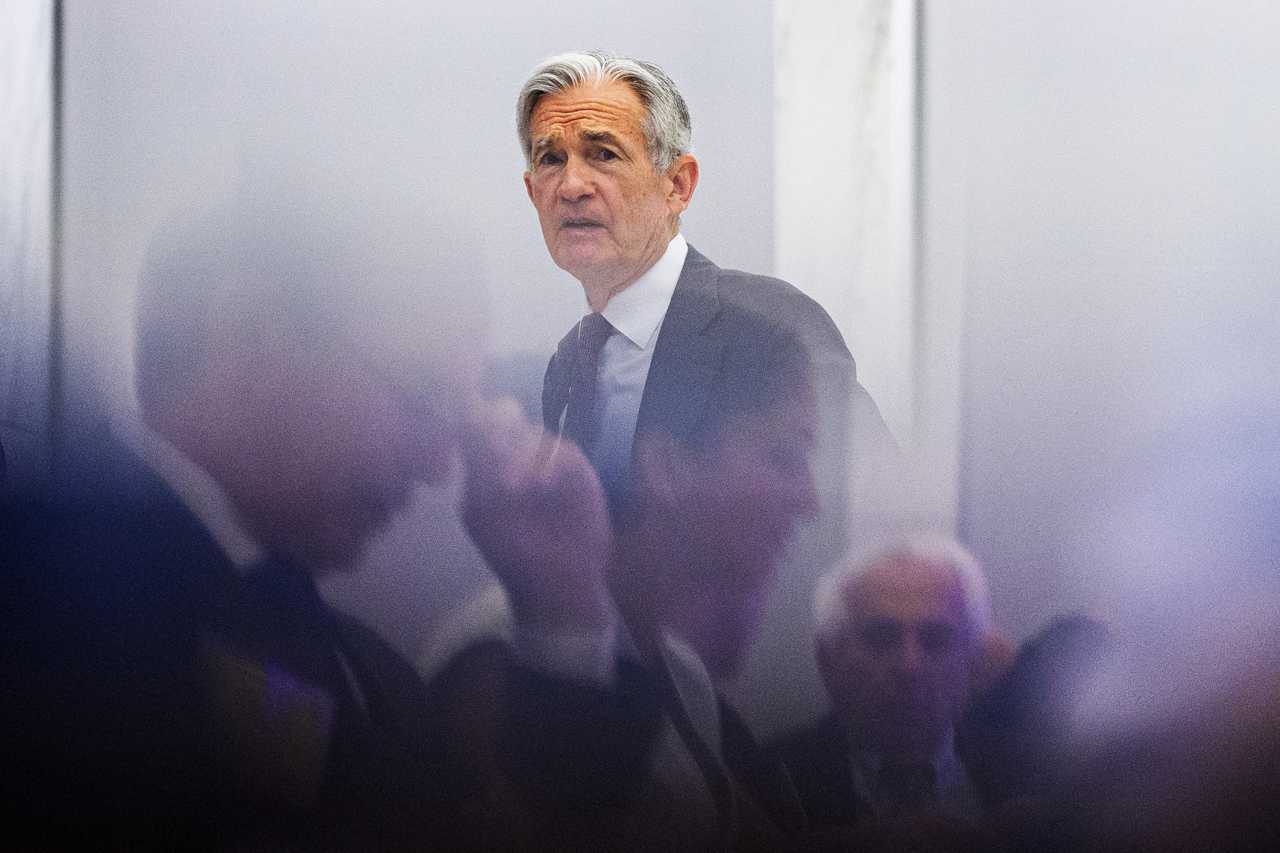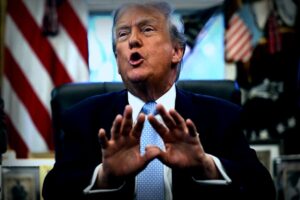
It’s been over 30 years since two governors from the Federal Reserve openly disagreed during the same policy meeting, making this a noteworthy event that could happen again. Many eyes are on the July 29-30 meeting of the Federal Open Market Committee (FOMC).
Given that Fed Governor Christopher Waller and Vice Chair Michelle Bowman, both Trump appointees, have indicated they support a rate cut, we could see some tension. If the committee, as it is widely expected, decides to freeze the federal funds rate in a range of 4.25% to 4.5%, yet Waller and Bowman choose to dissent and push for a reduction, it would represent the first domestic governor disagreement at the same meeting since 1993. That rarity is certainly something the markets will monitor closely.
This dissent could either amplify ongoing frustrations from the more dovish members of the FOMC or signify a potential change in direction before the next meeting on September 16-17, creating higher stakes. It signals a burgeoning need to contemplate rate cuts despite Powell’s reluctance, especially with inflation remaining above the crucial 2% target.
Historically, it’s uncommon for Fed governors to stray from the chair, but Vincent Reinhart, chief economist at BNY Investments, mentions that it tends to occur towards the tail end of a chair’s term. This is when ‘stubborn’ policymakers might use dissent as leverage, possibly getting Powell to take their ideas into account either in a press conference or adjusting the Fed’s communications following the meeting.
As a Fed chair’s tenure nears its conclusion, their influence tends to diminish. This is why governors are usually hesitant to publicly voice dissent, fearing it might display their lack of impact on the committee’s decisions.
Markets predict that the odds of a rate cut in July are negligible, especially with the inflation bump to 2.7% in June, partially prompted by Trump’s tariffs. In fact, according to the CME FedWatch tool, the market currently gives a slightly more than 60% chance for a quarter-point rate cut in September.
Within the Fed, Powell has urged caution, wanting to see the broader impact of tariffs and confidently pushing for the inflation numbers to migrate sustainably to that 2% threshold before implementing cuts. Meanwhile, Waller contends that inflation’s tariff-driven spike is a short-lived phenomenon. He raises concerns over decreasing consumer spending and what appears to be a cooling labor market as justifications for early cuts. Joining this view, Bowman has remarked that if inflation continues to diminish, then it’s time to delve into serious discussions about cutting rates.
The last occurrence of two Fed governors dissenting in unison was back in December 1993, when under Alan Greenspan, governors Wayne Angell and Lawrence Lindsey contested what they perceived as the Fed’s inclination towards looser monetary policy. Since then, most policy meetings have concluded without any dissents at all.
To provide perspective, of the 60 meetings led by Powell, only around 16% recorded at least one dissent, primarily from regional Fed presidents rather than board governors. Quite striking is the low percentage (3%) when it comes to dissent from governors during Powell’s term.
Powell faces sustained pressures not only from within the Fed’s ranks but also from external forces. Trump has frequently called for lower rates and has even discussed the extreme measure of dismissing Powell due to a supposedly mismanaged renovation project haunted by a $2.5 billion price tag at the Fed’s headquarters in Washington, D.C. Recently, the president seemed to back off the idea, remarking that Powell, whose term as chair concludes in May 2026, is likely not staying much longer anyway.
Experts argue that building a strong case against an extravagant renovation won’t suffice for any dismissal. Although recent court rulings reveal that the Fed enjoys certain protections as an independent entity, just how far these protections extend is still an open question. Nonetheless, even uttering the possibility of forcing Powell out has stirred concerns among investors, especially regarding the credibility of the Fed amidst fluctuating inflation expectations.
Trump’s past public encouragement for Powell to lower rates and his serious musings about removing him have been hints of a very real challenge to the Fed’s independence. He has consulted widely with GOP leaders on this issue. Although he hasn’t acted on it likely due to potential market risks, it has sent a clear message: the independence of the central bank is now a live question.
Further institutional tensions loom above Powell as economist Mohamed El-Erian recently urged for Powell’s resignation to help uphold the autonomy of the Fed. Treasury Secretary Scott Bessent dismissed the notion but issued an unsettling call for broader reforms at the Fed, which would have been almost unimaginable in past administrations. This comes at an especially challenging moment for the central bank, considering that the Fed’s annual Jackson Hole gathering is approaching, marking what could be Powell’s last one as the chair. Furthermore, their ongoing policy framework review adds additional strain.
In summary, the upcoming July meeting does not solely focus on policy decisions. It transforms into a referendum on Powell’s competency in strategically navigating through dissent within his board while simultaneously dissipating political pressures to reshape the Fed’s structure. Depending on Powell’s steering – whether hinting at easing policies or remaining firm – doing so could have severe implications known by the market and critics alike.
The Federal Reserve is trending toward a data-driven approach for a delicate economic balancing act. However, a critical challenge lies in the need to hold the institution’s integrity afloat during turbulent times.



















